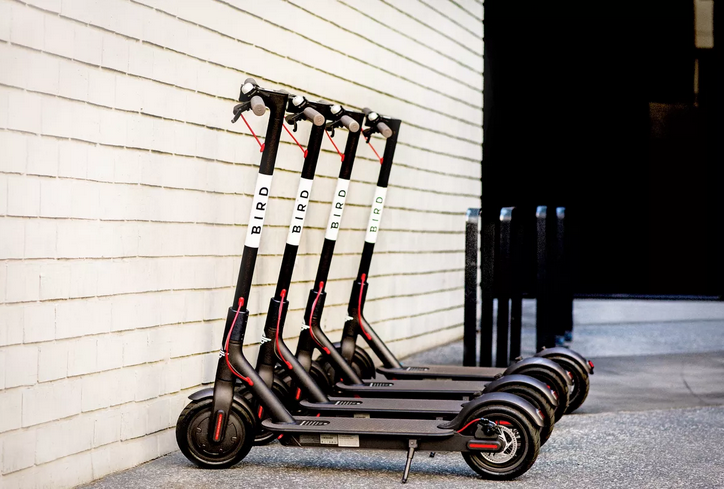Standing electric scooters are becoming increasingly common throughout cities across the United States and internationally. These rentable scooters are currently available in over 60 cities, with the two major companies, Bird and Lime, each valued at over $1 billion.
Some advantages of electric scooter transportation include their accessibility, affordability, ease of use, and potential ability to decrease traffic congestion in cities. However, with increasing prevalence, there are also concerns about how scooters and their riders best travel in a safe manner and harmonize with existing traffic and pedestrians.
Current recommendations for minimizing risk of injury include the use of a helmet, one rider per scooter at a time, and a minimum age requirement of 18 years. Unfortunately, these safely recommendations are not regularly enforced or followed.
A recent study published in the Journal of the American Medical Association (JAMA), looked at electric scooter injuries over a 1-year period at two emergency departments affiliated with the University of California Los Angeles (UCLA). Over this period, they identified 249 patients who presented for emergency room treatment after scooter related injuries. The most common injuries involved the head (40%), some of which were transferred to an intensive care unit to treat intracranial hemorrhages. Other common injuries included fractures (32%), which most commonly involved the wrist and hand.
One concerning finding of the study was that only 4% of riders treated in the emergency room were documented to have been wearing a helmet. The authors also observed riders in the local community, and found that only 6% were wearing a helmet while on an electric scooter. Additionally, several patients involved in scooter injuries were found to be under the influence of alcohol.
As an orthopaedic surgeon in Raleigh, North Carolina specializing in hand and wrist conditions, I have seen several injuries from electric scooters in my practice over the past year. Many of these injuries involve broken bones of the hand or wrist. When traveling at 15 miles per hour, sometimes the injuries are significant. Unfortunately, several of the fractures that I have treated have required surgery. My recommendation for maximizing safely and minimizing the risk of accidents and injury is to always wear a helmet, avoid multiple riders on a scooter, beware of potential uneven surfaces in areas with poor lighting, and to not ride while under the influence.
